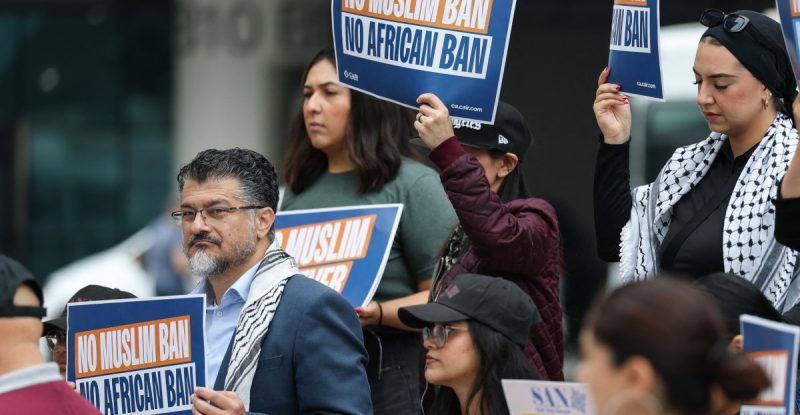
President Donald Trump’s presidency was marked by frequent and aggressive use of Section 212(f) of the Immigration and Nationality Act, a little-known law granting the president broad authority to block the entry of non-citizens deemed detrimental to US interests. This seemingly innocuous law became a cornerstone of Trump’s restrictive immigration policies, leading to numerous travel bans and restrictions.
From the early days of his first term, Trump invoked Section 212(f) to justify a travel ban targeting Muslim-majority countries. He later used the same legal justification to turn away non-citizens unable to demonstrate sufficient healthcare coverage, and to halt most legal immigration at the onset of the Covid-19 pandemic. Most recently, the law underpinned a ban on foreign students attending Harvard and a new travel ban affecting multiple countries.
While some of Trump’s attempts to utilize Section 212(f) were challenged and overturned in lower courts, the Supreme Court ultimately upheld a modified version of his initial travel ban, significantly expanding the executive’s power in immigration matters. This decision established a precedent where the court showed considerable deference to the president’s national security justifications, even amidst allegations of anti-Muslim bias.
This contrasts sharply with the approach of previous presidents, both Republican and Democrat. While past administrations occasionally used Section 212(f), they did so sparingly, primarily to enforce UN sanctions or target individuals linked to terrorism or specific international crises. Trump’s expansive interpretation of the law marked a significant departure from this established precedent.
The new travel ban, however, includes exemptions for green card holders, those already in the US, and athletes participating in international events. This tailoring of the ban, along with the continued invocation of national security concerns, might enhance its chances of withstanding legal challenges in court. The president’s extensive use of national emergency declarations also demonstrates a precedent for significant executive power in these areas.
Given the Supreme Court’s past deference and the carefully constructed nature of the latest ban, some immigrant advocacy groups have shifted their focus from the courts to Congress. They are pushing for legislative action to prevent future abuses of Section 212(f), aiming to protect both US citizens potentially separated from family members and foreign nationals seeking entry to the United States. However, such legislative action would require unified Democratic control of the government – a scenario that remains uncertain.









